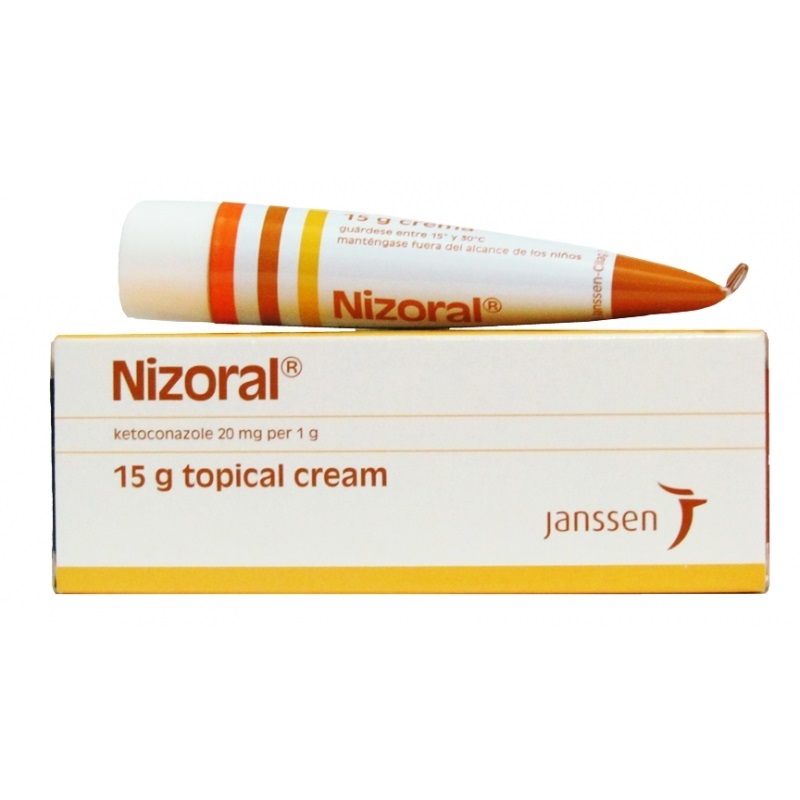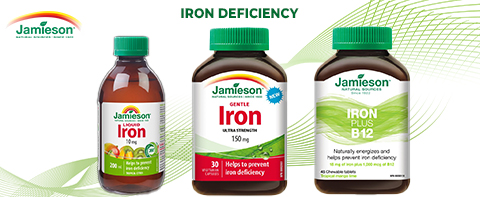Description
An antifungal medication used to treat a number of fungal infections. Applied to the skin it is used for fungal skin infections such as tinea, cutaneous candidiasis, pityriasis versicolor, dandruff, and seborrheic dermatitis. Taken by mouth it is a less preferred option and only recommended for severe infections when other agents cannot be used. Other uses include in the treatment of excessive hair growth and Cushing’s syndrome.
How does Nizoral cream work?
Nizoral cream contains the active ingredient ketoconazole, which is a type of medicine called an antifungal.
Ketoconazole kills fungi and yeasts by causing holes to appear in their cell membranes, allowing essential constituents of the cells to leak out. This kills the fungi and yeast cells and helps clear up the infection.
Ketoconazole cream may be prescribed to treat a number of different types of fungal and yeast infections. These include ringworm, athlete’s foot, jock itch, thrush infections of the skin and vagina (candidosis), and skin conditions that are caused by infection with the yeast Pityrosporum (Malassezia), such as seborrheic dermatitis and pityriasis versicolor.
How to use Nizoral cream
Wash and dry the affected areas of skin thoroughly before applying the cream.
To treat athletes foot, the cream should be gently rubbed into the affected areas twice a day, usually for a week for mild cases. More severe or extensive cases may take longer to clear up. You should keep using the cream twice a day for a few days after all the symptoms have cleared up to make sure the infection is fully treated and prevent it coming back.
To treat other skin infections the cream should be rubbed gently into the affected areas of skin once or twice a day, as directed by your doctor. The length of treatment will depend on the type and severity of the infection. You should keep using the cream for a few days after your symptoms have gone away, to make sure the infection has been fully treated. If there is no improvement in your symptoms after four weeks of treatment you should consult your doctor for advice.
Unless the infected skin is on your hands, wash your hands with soap and water after applying the cream to avoid spreading the infection to other areas of the body, or to other people.
Key info to know about Nizoral cream
▪️ Nizoral cream is not recommended for children and adolescents under 18 years of age.
▪️ Nizoral cream is for external use on the skin only. It should not be used inside the mouth, nose or eyes.
▪️ It is important to keep using this cream for three or four days after the symptoms of the infection have cleared up. This is to make sure that the infection is fully treated and thus prevent it coming back.
▪️ If the infection has not cleared up after four weeks of treatment you should consult your doctor.
▪️ If you are using another cream, ointment or lotion on the skin infection that contains a steroid it is ok to continue doing this. Use the steroid treatment in the morning and the Nizoral cream in the morning.
Is it safe to use Nizoral cream if pregnant or breastfeeding?
Ketonazole is not absorbed into the bloodstream when applied to the skin. It can be used if you are pregnant or breastfeeding.
Possible side effects of Nizoral cream
Medicines and their possible side effects can affect individual people in different ways. The following are some of the side effects that are known to be associated with Nizoral cream. Just because a side effect is stated here, it does not mean that all people using this medicine will experience that or any side effect.
A common side effect of using Nizoral cream is getting a burning sensation in the area where the cream is applied to.
Uncommon side effects that affect between 1 and 10 out of every 1000 people using Nizoral cream include:
- Rash.
- Allergic inflammation of the skin (contact dermatitis).
- Skin peeling or blistering.
- Sticky skin.
- Reactions such as skin irritation, discomfort, bleeding, tingling or dryness at the application site.
















Reviews
There are no reviews yet.